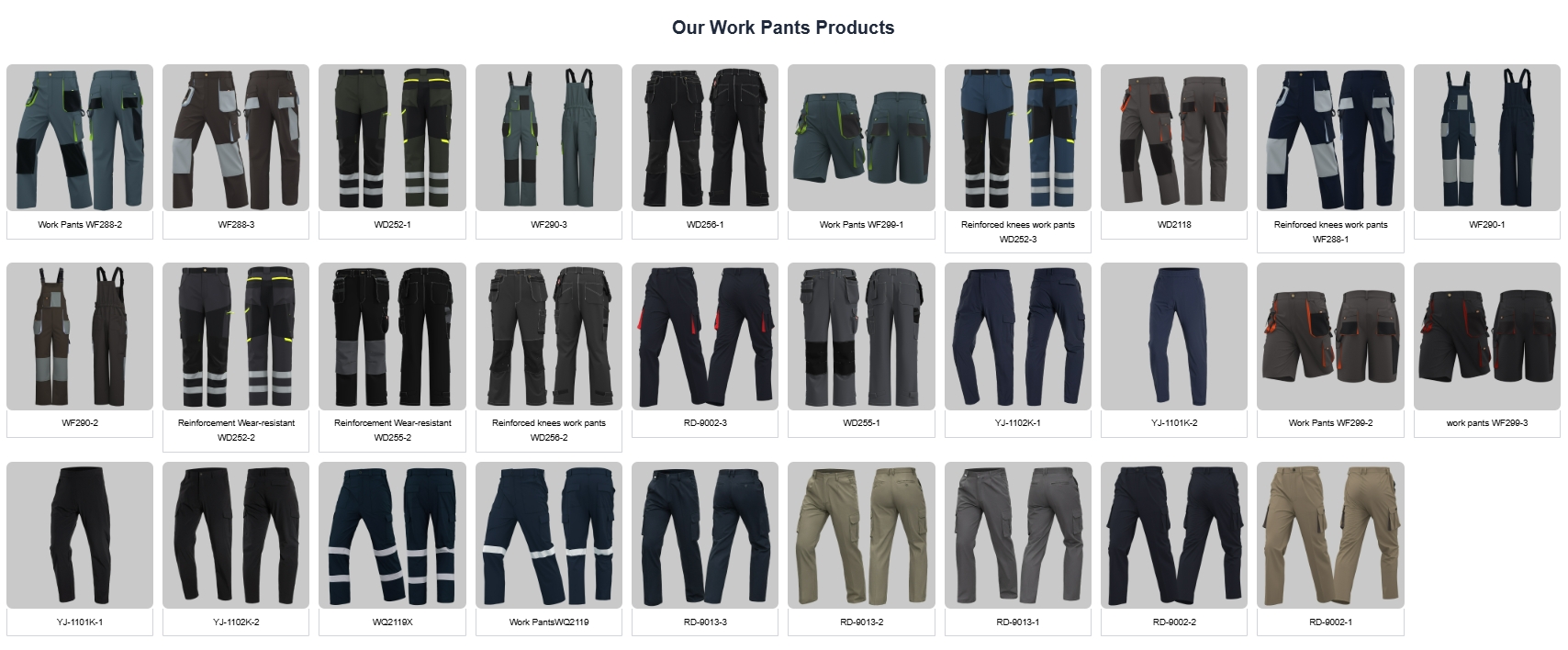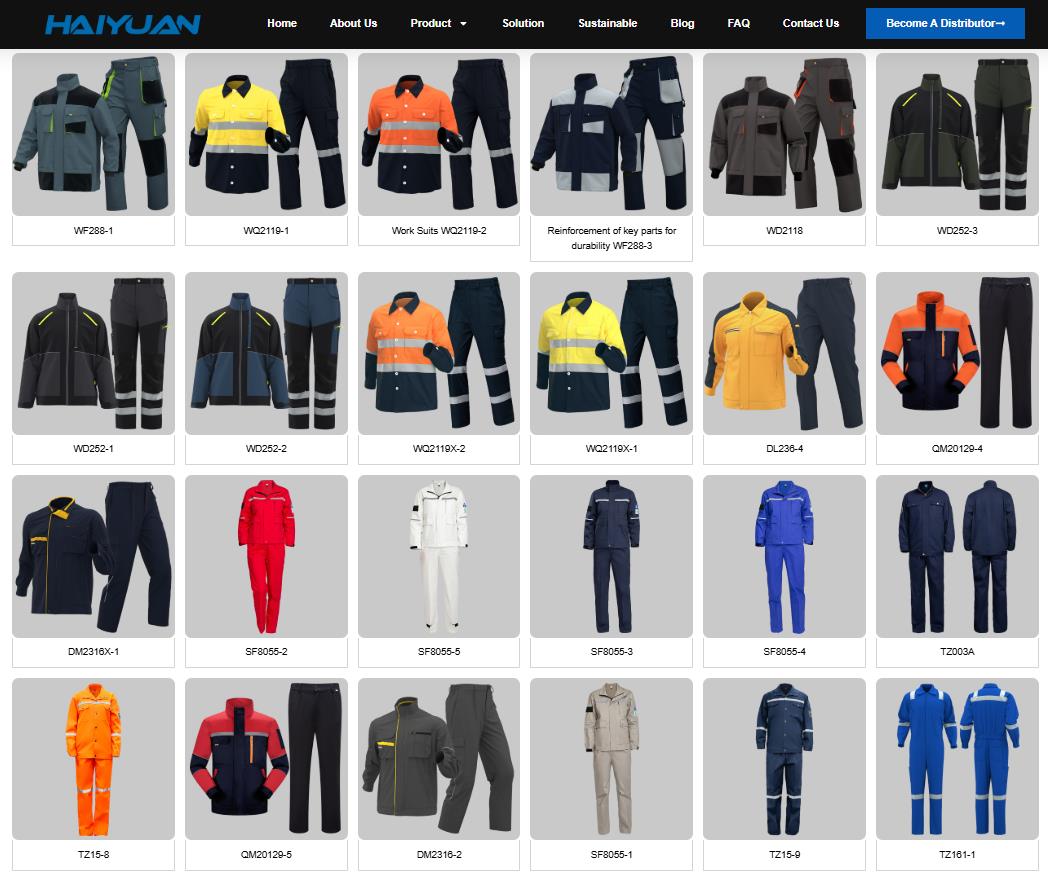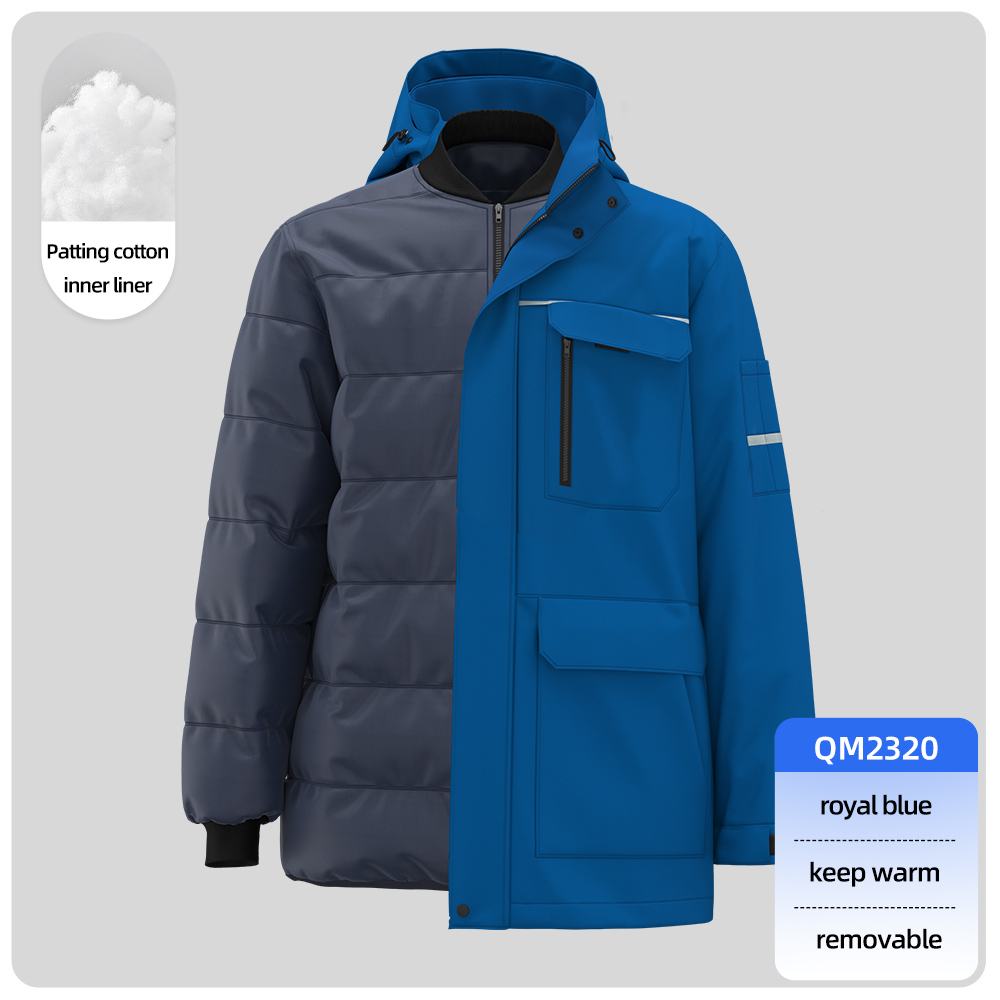What is Industrial Apparel?
Industrial apparel (also known as workwear or occupational clothing) refers to garments and accessories specifically designed to protect workers from job-specific hazards while providing durability, functionality, and comfort in an industrial or manual labor environment. It is a critical component of workplace safety and professionalism.
Unlike standard clothing or even some generic uniforms, industrial apparel is engineered with specific materials and features to mitigate risks like physical injury, chemical exposure, extreme temperatures, and low visibility.
Key Characteristics of Industrial Apparel
Industrial apparel is defined by several core characteristics that distinguish it from everyday clothing:
-
Durability & Longevity: Made from reinforced fabrics like ripstop polyester, heavy-duty cotton duck, or denim to resist abrasion, tearing, and repeated washing. Seams are often double-stitched or bar-tacked at stress points.
-
Hazard-Specific Protection (The Most Important Aspect): This is the primary purpose. Protection can include:
-
Physical Protection: Reinforced knees, padding, and tough fabrics to protect against cuts, scrapes, and impacts.
-
Flame Resistance (FR): Made from materials that self-extinguish to protect against flash fires, electric arc flashes, and sparks. Common in oil & gas, electrical, and welding industries.
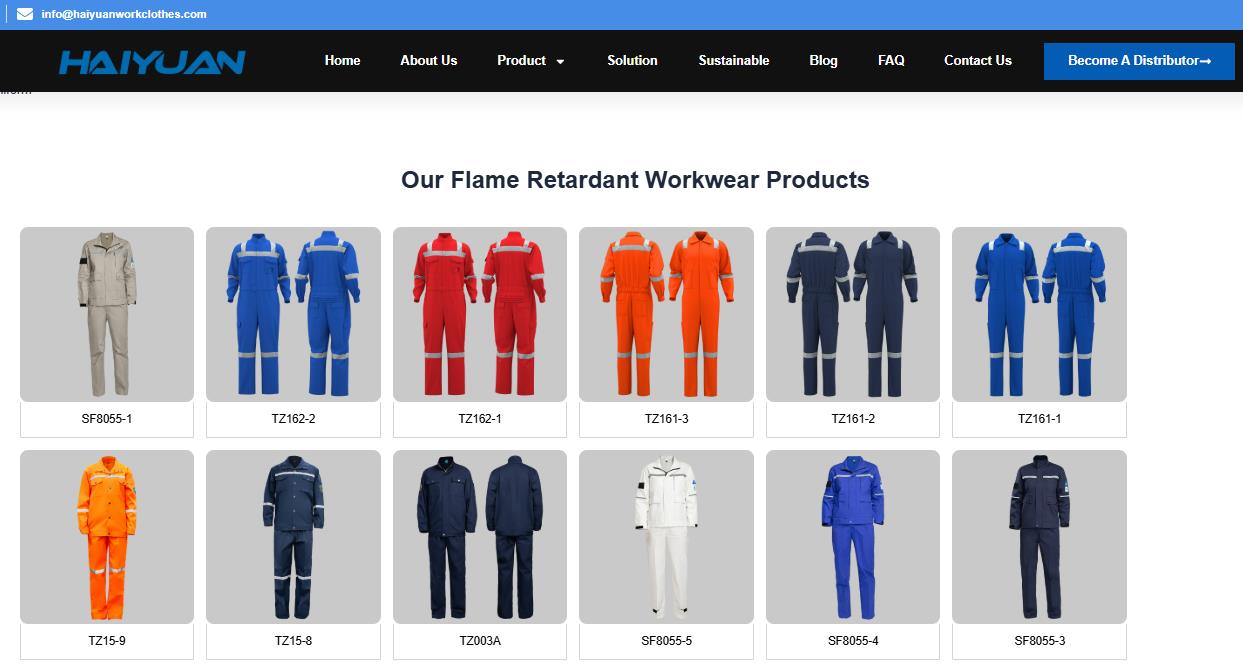
flame-retardant-clothing -
High-Visibility (Hi-Vis): Incorporates fluorescent background material (orange, yellow, or red) and reflective tape to make workers visible in low-light conditions. Mandatory for road crews, construction, and logistics.
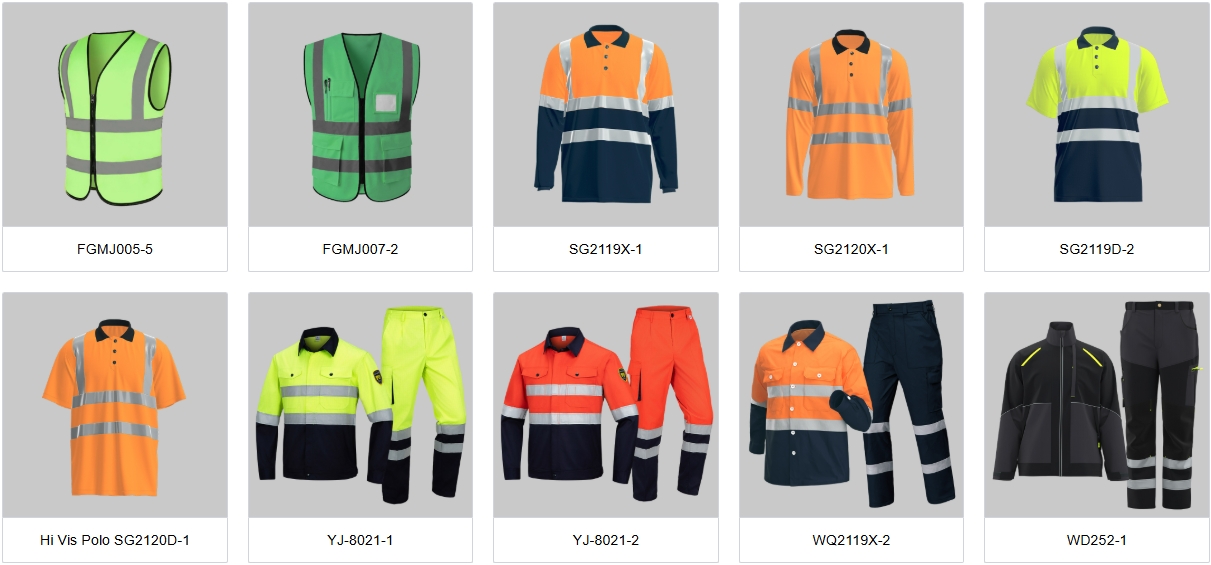
High-Visibility-work Shirts -
Chemical Resistance: Treated or made from materials that resist penetration from oils, acids, solvents, and other hazardous chemicals.
-
Weather Resistance: Waterproof, wind-resistant, or insulated properties for outdoor work in harsh climates.
-
-
Functionality & Utility: Designed with practical features for the job, such as:
-
Comfort & Fit: Modern industrial apparel is designed for all-day wear. This includes:
-
Breathable, moisture-wicking fabrics.
-
Ergonomic designs that allow for a full range of motion.
-
Gender-specific fits (e.g., women’s workwear is tailored for a different physique than men’s).
-
-
Compliance with Safety Standards: Reputable industrial apparel meets specific national and international safety standards, such as:
-
ANSI/ISEA standards for High-Visibility clothing (e.g., ANSI 107).
-
NFPA 2112 for Flame-Resistant garments against flash fires.
-
ASTM standards for cut resistance, puncture resistance, etc.
-
OSHA regulations often reference these standards, making compliant apparel a legal requirement in many workplaces.
-
Common Examples of Industrial Apparel
-
Tops: FR shirts, Hi-Vis jackets, heavy-duty work shirts, performance polo shirts.
-
Bottoms: Work pants (e.g., carpenter pants), FR jeans, Hi-Vis overalls, waterproof pants.
-
Full-Body Suits: Coveralls (for painting, automotive, farming), welding jackets, full FR suits.
-
Outerwear: Insulated winter coats, rain gear, softshell jackets.
-
Accessories: Work gloves, safety harnesses, protective sleeves, aprons, and hard hat attachments.
Who Uses Industrial Apparel?
Virtually any industry involving manual labor, safety hazards, or a need for durable, functional uniforms. Key sectors include:
-
Construction & Trades: Carpenters, electricians, plumbers, welders.
-
Manufacturing & Warehousing: Assembly line workers, machinists, forklift operators.
-
Oil, Gas, & Energy: Rig workers, engineers, lineworkers.
-
Transportation & Logistics: Truck drivers, road crew, airport ground staff.
-
Automotive: Mechanics, painters, detailers.
-
Landscaping & Agriculture: Groundskeepers, farmers, arborists.
-
Utilities: Linemen, wastewater treatment technicians.
Industrial Apparel vs. Standard Uniforms
It’s helpful to think of it as a spectrum:
| Feature | Industrial Apparel | Standard Uniforms (e.g., for retail, hospitality) |
|---|---|---|
| Primary Purpose | Safety & Protection from hazards | Brand Identity & Professional Appearance |
| Material | Heavy-duty, technical, protective fabrics (ripstop, FR) | Often lighter, more comfortable fabrics (poly-cotton, polyester) |
| Key Features | Reinforced knees, tool pockets, Hi-Vis tape, FR treatment | Brand logos, aesthetic design, comfort for customer interaction |
| Regulation | Often must comply with OSHA, ANSI, NFPA standards | Generally follows company style guides, not safety regulations |
In summary, industrial apparel is Personal Protective Equipment (PPE). Its core mission is to keep the worker safe, functional, and compliant with regulations, while also often promoting a professional and unified company image.

